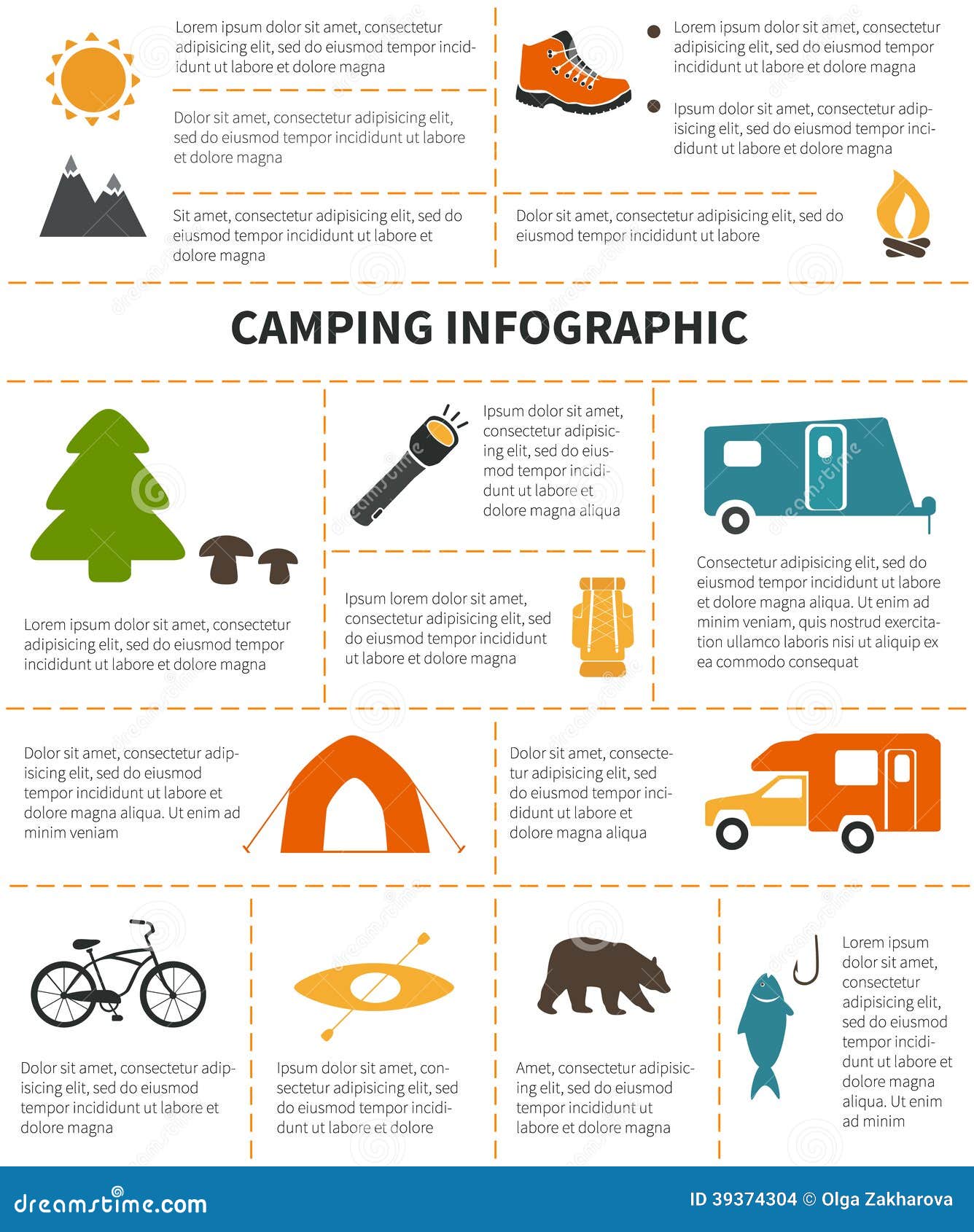How Door Design Affects Tent Ventilation
Multi-Purpose Uses for Rain Flies in CampThe rain fly is a crucial component of your outdoor tents, shielding it from rain, wind and severe sunshine. Whether you pick a spacious multi-room tent or lightweight backpacking camping tent, you'll locate that a quality rainfly improves your outdoor experiences.
Search for a rainfly with sturdy products and a high waterproof score. Consider the weight and packability of a rainfly when picking it for backpacking trips.
Resting Tent
A rainfly offers added protection for your camping tent from unexpected showers. Its style disperses rain and snow and aids avoid water from merging on the top of your outdoor tents. This can trigger the fabric to droop and cavern, resulting in leaks.
Modern rainfly materials consist of polyurethane or silicone finishings to provide extraordinary waterproofing. Many likewise feature sealed joints to stop water from leaking through stitching. Some also have reflective patches to assist you find your tent in low-light problems.
Choose a rainfly that mirrors the climate and outdoor camping conditions you come across most regularly. For example, desert campers require a rainfall fly that blocks wind and UV rays. Backpackers must consider ultralight rain flies to lessen pack weight without endangering protection. Search for adjustable accessory factors that permit you to transform the tension on the fly to ensure that it is taut and positioned correctly to avoid leaks. A well-positioned rainfly can also control temperature and decrease condensation inside the outdoor tents.
Tarp
Tarpaulins are functional pieces of camping gear, and a tarp shelter can be one of the most comfy choices for camp. Along with having the ability to be set up in countless means, tarpaulins additionally often tend to call for much less equipment than outdoors tents and are much lighter in weight.
A significant advantage to tarpaulin shelters is that they permit adequate air flow. While this can be a downside for some campers, that could favor to have an extra encased room, it is an important factor in keeping passengers from overheating and decreasing the accumulation of condensation that can compromise the material.
Similar to other setups, when establishing a tarp sanctuary, ensure the ridge line is set up at an angle to help direct rainfall and snow far from the shelter. An excellent ridgeline can likewise maintain wind from blowing the tarp around. Ensure the tarp is secured properly with ideal connecting strategies, such as a prusik knot (or moving knot), at elevations that develop sufficient head space and are not a stumbling hazard, and slope the tarp properly for water drainage.
Protection
A rainfly is just one of the most vital items of outdoor camping tools to bring on any journey. It secures your camping tent from climate that can rapidly change, allowing you to remain comfy and enjoy your wilderness journeys.
Modern rainfall fly styles provide more than simply water-proof security. Some have built-in photovoltaic panels to aid you keep charged on the move, while others have flexible vents for airflow to mitigate condensation build-up. Selecting a rainfly that fits your needs and choices is important for the general experience.
Search for light-weight textiles, such as nylon or polyester, and polyurethane finishings to boost water resistance. Additionally think about the rainfly's head hydrostatic pressure ranking, which assists you evaluate its ability to stand up to rainfall and wind. Remember that rainfall flies generally need to be cleaned up after each use, given that dirt can wear on the water-proof layer. It's ideal to tidy and store it in an awesome, dry place to stay clear of mold and mold.
Sanctuary
A rainfly is an important tool canvas drawstring bag for your hammock, safeguarding you from the elements and making certain that you can sleep comfortably. When choosing a rainfly, consider the environment and problems in which you'll be camping. For instance, exotic environments might require a rain fly that has high moisture and UV defense. Other factors to consider include textile kind and weight. Search for alternatives that are lightweight and made from sturdy materials that stand up to abrasions and spots.
If you do not have a rain fly, you can develop a makeshift shelter making use of a tarp. Nevertheless, it's ideal to set up your rainfall protection initially before setting up the remainder of your tent. This makes certain that you can rapidly and conveniently get in and out of your hammock in case of a sudden storm or adjustment in weather. Likewise, make sure that your rain fly is effectively anchored to avoid waving in the wind. Keep in mind that rain flies and pest nets ought to be cleansed routinely to avoid mud, mold and mold from developing with time.
